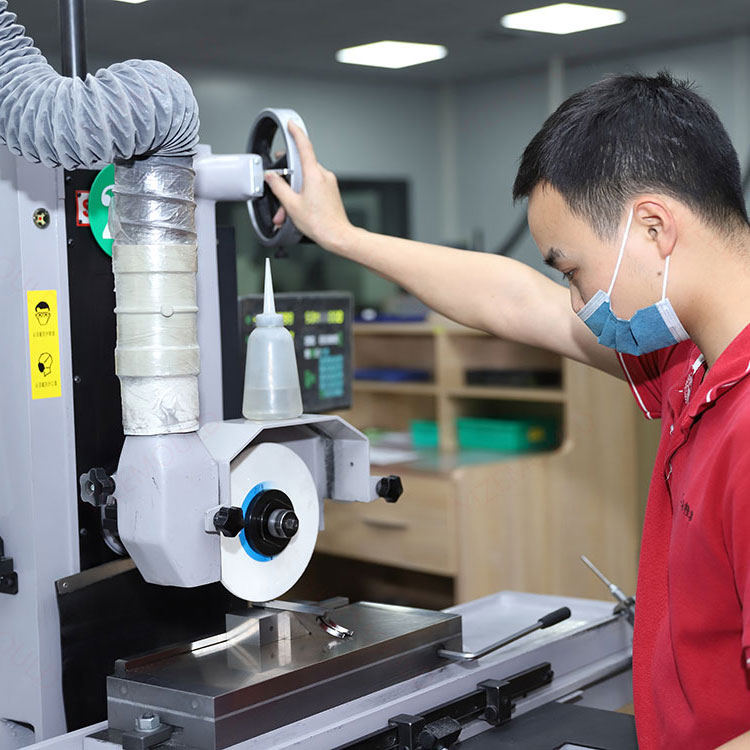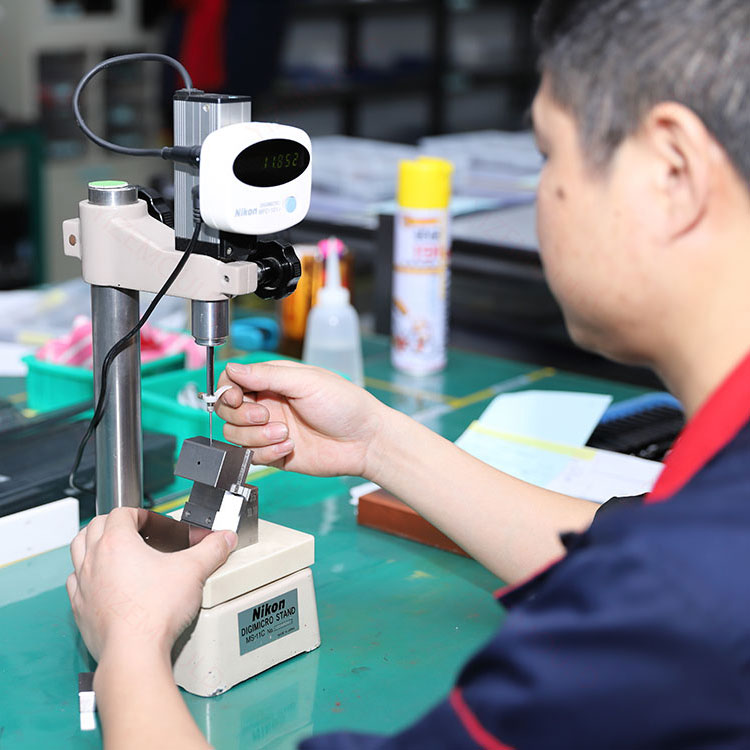How to grinding tungsten carbide?
Tungsten carbide, known for its high hardness and high density, is an ideal material for manufacturing tools like cutting tools and molds. Due to its extreme hardness, the process of […]
Tungsten carbide, known for its high hardness and high density, is an ideal material for manufacturing tools like cutting tools and molds. Due to its extreme hardness, the process of grinding tungsten carbide is relatively complex. This article aims to provide a detailed introduction to the methods of grinding tungsten carbide, including preparation, grinding operation steps, and precautions, to help improve the efficiency and quality of processing tungsten carbide materials. Different shapes of carbides require different grinding equipment.
I. Preparation.
- Selection of grinding machine and grinding wheel Choosing the right grinding wheel is crucial for grinding tungsten carbide. It is generally recommended to use a fine-grained silicon carbide wheel or a diamond wheel. Ensure that the grinding wheel matches the tungsten carbide material to be processed.
- Cleaning the surface Before starting the process, clean the surface of the workpiece with a cleaner or alcohol to remove dust and oil.
- Securing the workpiece Use fixtures or suction cups to secure the tungsten carbide part to prevent movement or rotation during the process.
II. Grinding operation.
- Selecting the appropriate speed Choose the right speed based on the type of grinding wheel and the hardness of the workpiece. Generally, harder tungsten carbide materials require higher speeds.
- Adjusting the grinding wheel position Align the grinding wheel with the surface of the tungsten carbide part and adjust it to the appropriate position. Use manual or automatic adjustment mechanisms for precise control.
- Starting the process Contact the tungsten carbide part with the rotating grinding wheel and move the part along the desired shape with appropriate pressure. Maintain a certain speed and direction to ensure processing efficiency.
- Timely debris removal Remove the debris and powder generated during the process promptly to avoid affecting subsequent operations and potentially damaging the equipment.
- Inspecting the processing results Use tools such as microscopes to check the surface smoothness, flatness, and dimensions. If there are any issues, adjust the equipment or replace the grinding wheel as needed.

Our factory business: carbide parts, mold parts, medical injection molds, precision injection molds, teflon PFA injection molding, PFA tube fittings. email: [email protected],whatsapp:+8613302615729.
III. Precautions.
- Safety first Before any processing operation, ensure that the equipment and operating environment are safe. Wear protective gear like safety glasses and gloves.
- Choosing the right grinding wheel Select the appropriate grinding wheel based on the hardness and shape of the tungsten carbide to be processed.
- Controlling the speed Control the speed reasonably according to the material being processed and the hardness of the grinding wheel. Both excessively high or low speeds can affect processing results and cause equipment damage.
- Timely debris removal Remove debris generated during the process promptly to keep the equipment clean and prevent negative impacts on the processing quality.
- Inspecting the processing results After grinding, carefully inspect the processing results. If necessary, make adjustments to the equipment or replace the grinding wheel to ensure the desired processing quality.

IV. Conclusion.
Grinding tungsten carbide, although challenging, can be effectively performed with the right preparation and operation steps. It is important to always focus on safe operation and choose appropriate tools and techniques specific to the characteristics of tungsten carbide.
Do you have experience grinding tungsten carbide? Feel free to share your tips or any suggestions to help others better understand and master this processing technique.






